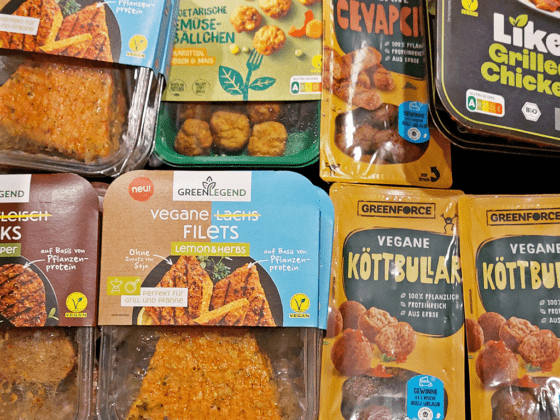Attitude with Biss
Imagine you discover a valuable painting in your grandparents’ attic. What do you do with it? Easy. Because it’s all dusty, covered in cobwebs, and has some cracks at the corners of the frame, you take it to the trash and even pay money for it to go to the trash compactor quickly.
Sounds bonkers, doesn’t it?
The attic example describes quite aptly the efficiency of the recycling chain for commercial plastic waste in Germany. Instead of consistently investing in regional recycling infrastructure, we are exporting waste, polluting climate, damaging the environment, and throwing money, recyclables, and thus also raw material self-sufficiency out the window. Because plastic waste is valuable. It is the basis for an ecologically oriented and climate-friendly recycling economy and thus the easiest access to increasingly expensive raw materials.
The problem has been known for many years: Germany produces enormous amounts of plastic waste and cannot or even does not want to recycle it, although this is required by law. So the waste is sold off to disposal companies in other countries. China and Malaysia were the biggest buyers for a long time. In the receiving countries, the waste is far too often not recycled properly, but partially disposed of illegally. In garbage dumps, in forests, we all still have the pictures in our heads, or simply in the sea. We do not need to emphasize the catastrophic effects on climate and nature here. Every single yogurt cup in the sea is a mosaic piece of the ecological death sentence for our planet, even climate disaster deniers and environmental bullies understand that.
And yet, most exports usually happen legally, with regulatory approval. Even more bizarre: A container of plastic taken to Turkey or Malaysia, for example, increases the German recycling quota. How can it be that exported plastic waste is included in the quota here, while on the other side of the world it may well end up in the ocean? Dr. Michael Jedelhauser, the circular economy officer at the environmental protection organization Nabu, writes: “The detection and control systems, as well as the recycling infrastructure in the destination countries, are often inadequate, which means that only a portion of the waste is actually recycled. The rest is burned under low environmental standards, landfilled or disposed of in the wild.”
Environment Minister Steffi Lemke (from the Grüne party) announced at the beginning of the year that she would advocate a consistent export ban at the EU level. At flustix, we support such a ban, because tightening and also the restrictions in countries like China have already led to a significant decline in exports recently.
However, the fault already lies in the value chain. Michael Thews, the SPD’s circular economy expert, demands: “We have to think more in terms of cycles.” Companies have an obligation to plan their products in such a way that the “cycle is already taken into account”. According to Thews’ calculations, around 300,000 people now work in the circular economy in Germany, and the sector’s turnover totals an impressive 76 billion euros.
Our recyclable materials from the recycling garbage can are much better off here than in an illegal landfill in another non-EU country. Just like the valuable painting from the attic is used again as an exhibit after processing – and can delight many generations to come.
 English
English Deutsch
Deutsch




